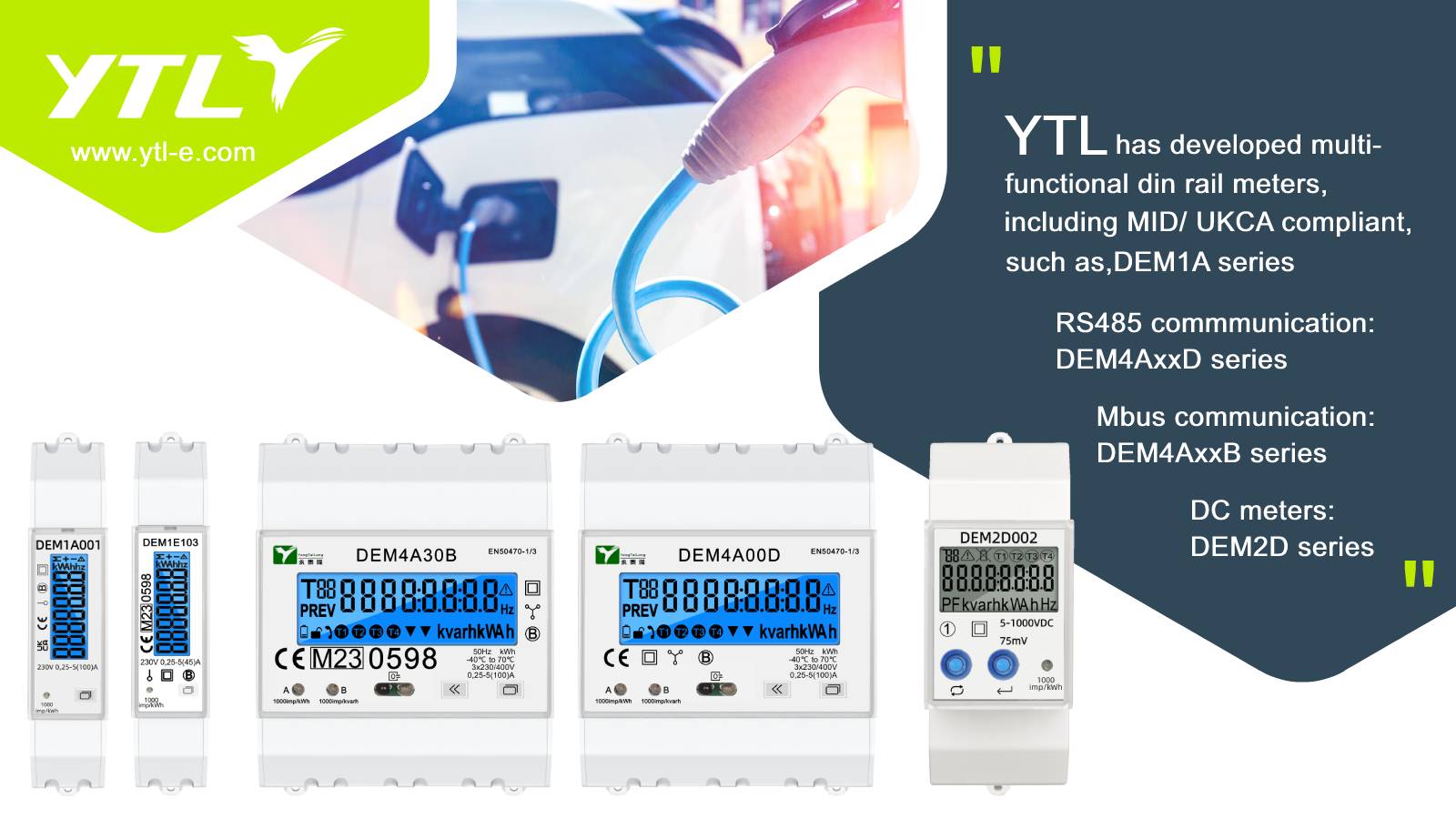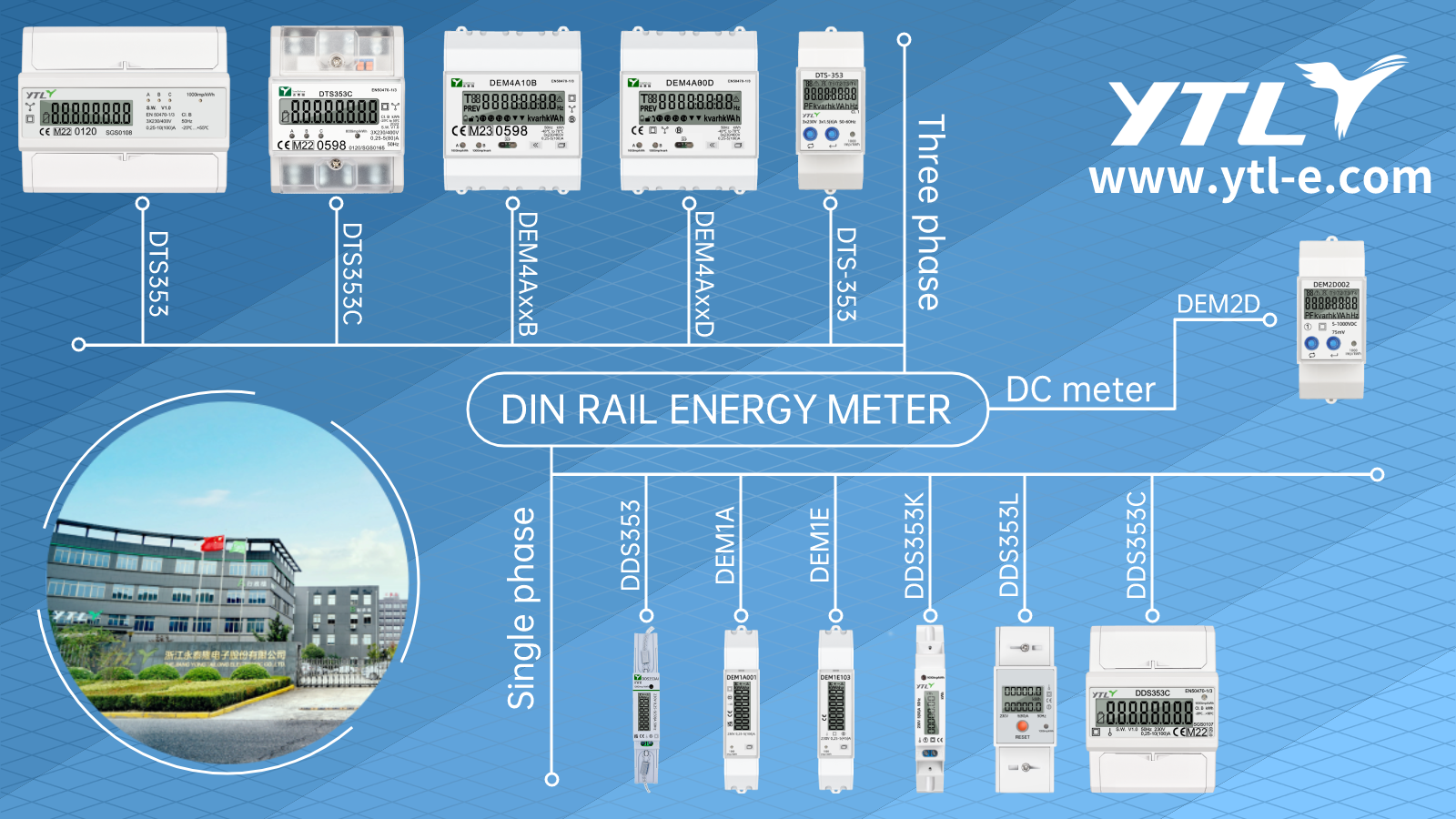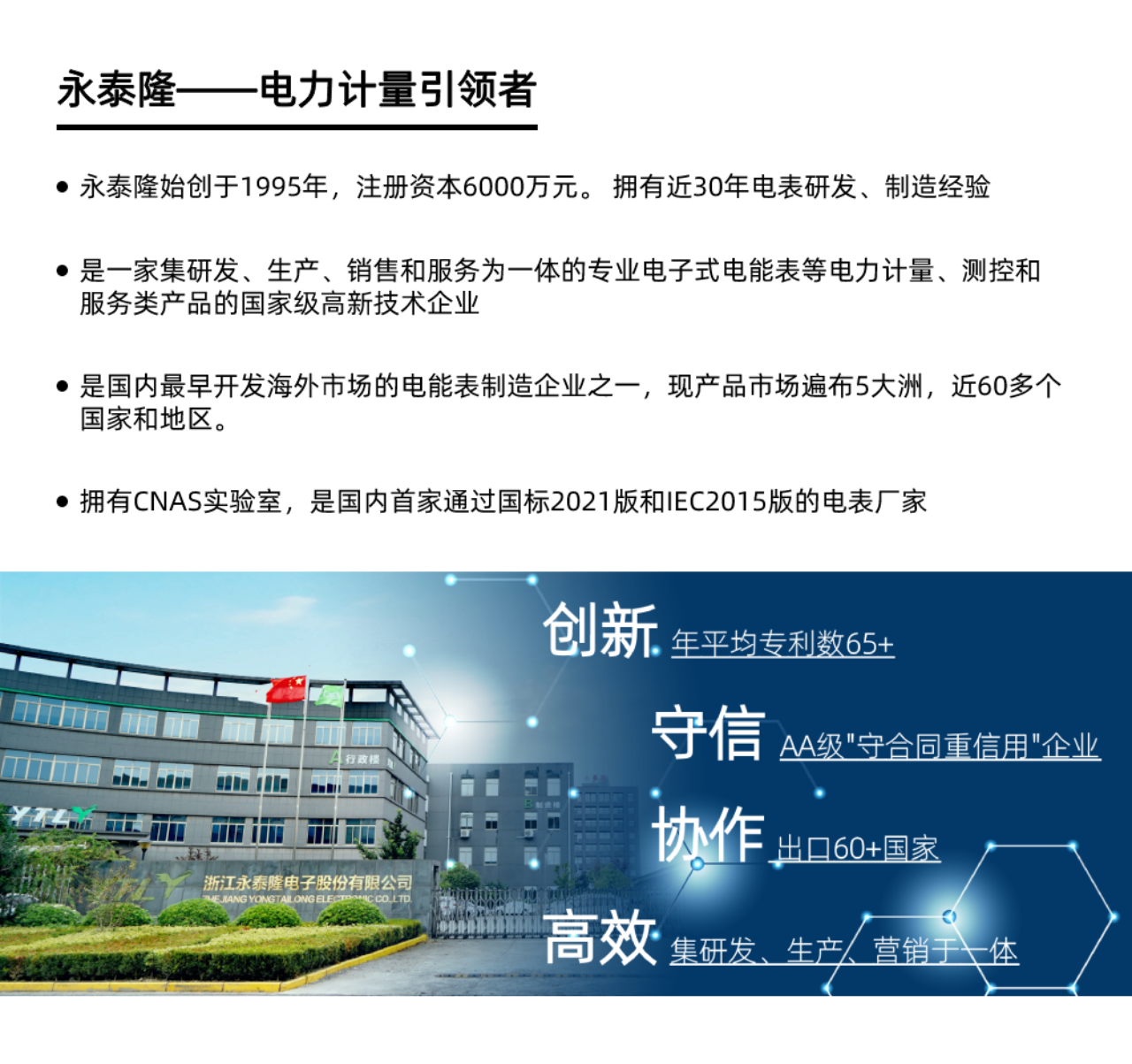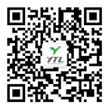In the rapid popularization of photovoltaic power stations and electric vehicle charging stations, traditional current transformers (CT meters) are facing technological challenges. The current characteristics of new energy equipment differ fundamentally from conventional industrial loads - the DC component output by photovoltaic inverters, harmonics generated by high-frequency switches at charging stations, and complex scenarios of bidirectional energy flow - forcing CT meters to evolve from a single current measurement tool to a core sensor for power quality management. This role shift is not only related to measurement accuracy, but also directly affects the safety and economy of new energy systems.

1、 DC metering: the core challenge of photovoltaic systems
The DC side measurement of photovoltaic power plants is a blind spot of traditional CT meters. When the solar panel transmits electrical energy to the inverter through the combiner box, the DC current can reach 1500V/1000A or more, and there is ripple fluctuation. Due to the limitation of electromagnetic induction principle, conventional AC CT meters cannot directly measure DC current, resulting in long-term dependence on estimation for key requirements such as DC side line loss calculation and string fault location.
The new generation of DC CT meters adopts a composite scheme of Hall effect and flux gate technology. Hall elements are responsible for static DC measurement with an accuracy of ± 0.5%; The flux gate sensor captures high-frequency ripple components and extends the frequency response range to 100kHz. This design enables the CT meter to simultaneously output DC current effective value, ripple coefficient, and insulation impedance data, providing a direct basis for fault diagnosis of photovoltaic arrays (such as PID effect and hot spot phenomenon). The actual measurement of a 300MW photovoltaic power station shows that after using a DC CT meter, the accuracy of string level line loss analysis has been improved to 98%, and the calculation error of annual power generation loss has been reduced from 8% to 1.2%.
2、 Harmonic monitoring: a must-have for charging pile scenarios
The rapid charging and discharging process of electric vehicle charging stations generates a large amount of high-frequency harmonics. When using three-phase unbalanced charging, the content of 2-25th harmonic in the current can reach more than 15%. These harmonics not only cause measurement errors, but also may get to systemic risks such as grid resonance and relay protection misoperation. The phase error of traditional 0.5 level CT meters in the frequency band above 5kHz exceeds 3 degrees, which seriously restricts the accurate measurement of harmonic power.
To address this issue, the broadband CT meter adopts a nanocrystalline alloy magnetic core and distributed winding structure, extending the frequency characteristics to 0-50kHz. The key breakthrough lies in:
High frequency phase compensation algorithm: Real time correction of the ratio and angle differences of each harmonic through the built-in DSP chip, so that the measurement accuracy under the 25th harmonic still maintains the level 1 standard
Transient impact capture capability: supports 10ms level current mutation recording, accurately identifies surge current characteristics at the start stop moment of charging piles
Bidirectional metering compatibility: The same CT meter can seamlessly switch charging/feeding modes, adapting to V2G (vehicle to grid) scenarios
The actual measurement data of a certain supercharging station shows that the wideband CT meter reduces the error of the interaction measurement between the charging pile and the power grid from 2.8% to 0.3%, and reduces the investment in the filtering device by 40% through harmonic source positioning.

3、 Technological upgrade path and value reconstruction
The new energy scenario forces CT table to achieve a leapfrog upgrade in three dimensions:
1. Material innovation
2. Low remanence magnetic core material: using amorphous strip instead of silicon steel sheet to reduce the remanence coefficient to below 0.05T, avoiding measurement distortion caused by DC bias
Wide temperature range insulation packaging: able to withstand environments from -40 ℃ to+85 ℃, suitable for outdoor deployment needs of photovoltaic power plants
2. Intelligent integration
Edge computing capability: integrate the FFT analysis module inside the CT table to directly output each harmonic content (HRU) and total harmonic distortion (THD)
Wireless ad hoc network: Implementing CT table cluster data transmission through LoRa module to reduce wiring costs in scenarios with dense deployment of charging piles
3. Standardization evolution
IEC 61869-21:2023: A testing standard specifically designed for new energy CT meters, with the addition of 23 special tests including DC superposition and high-frequency harmonics
GB/T 20840.8-202X (draft for comments): For the one time, broadband measurement and bidirectional measurement have been included in the Chinese national standard

4、 Future Trends: From Measurement to System Level Empowerment
With the rise of virtual power plants (VPPs) and microgrids, the functional boundaries of CT meters will be further expanded:
Dynamic capacity management: By monitoring the current of the charging pile cluster in real-time, automatically adjusting the power allocation strategy, and reducing capacity electricity expenses
Carbon flow tracking: Based on the current carbon emission factor mapping model, generate time-sharing carbon emission reduction reports for photovoltaic power plants
Equipment health warning: Analyze the distortion characteristics of current waveforms and predict the aging of IGBT modules in photovoltaic inverters 14 days in advance
The feasibility of these functions has been verified in a certain integrated light storage and charging project: by optimizing the charging and discharging strategy through CT table data, the project's peak valley arbitrage profit has increased by 27%, and the equipment failure response speed has increased by 5 times.
conclusion
The new energy revolution is redefining the technical connotation of CT tables. From DC measurement to harmonic monitoring, from passive measurement to active analysis, CT meters have surpassed the traditional positioning of "current converters" and become an indispensable sensing terminal for new power systems. For photovoltaic power station operators and charging pile enterprises, choosing CT meters that meet the characteristics of new energy is not only a technological choice to ensure measurement fairness, but also a strategic investment to participate in energy internet competition. When current data can accurately map energy value, the value of CT meters will also be elevated from a "measuring tool" to a "cornerstone of energy decision-making".


 English
English 简体中文
简体中文














